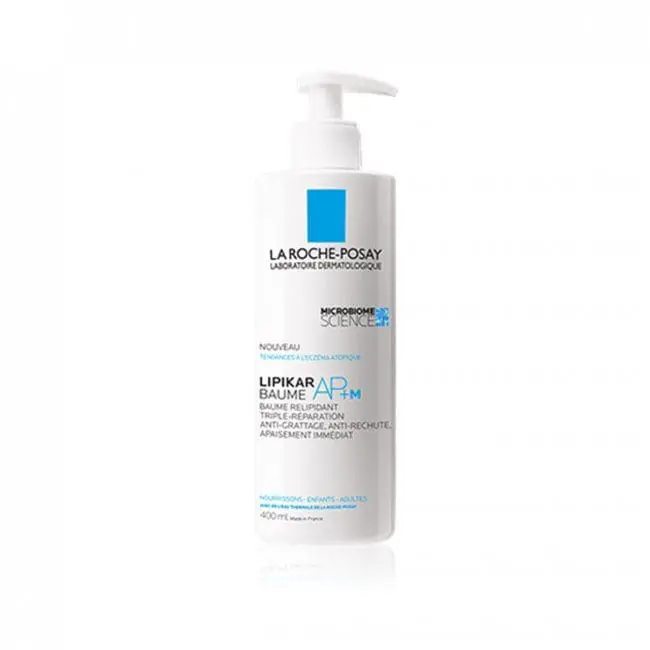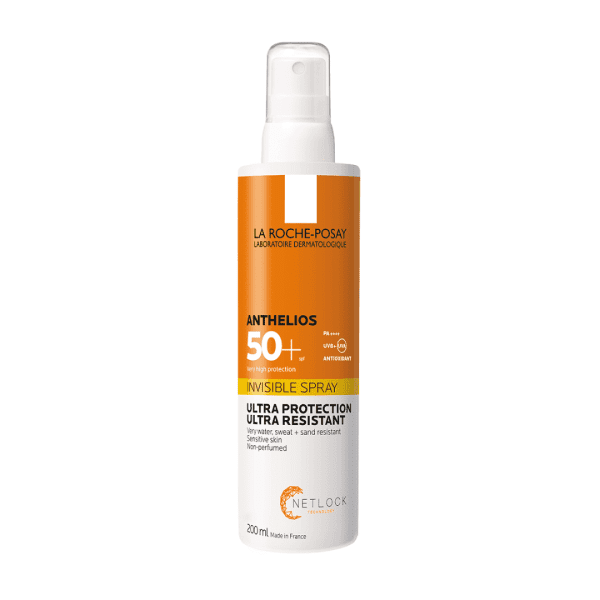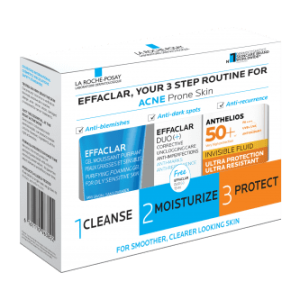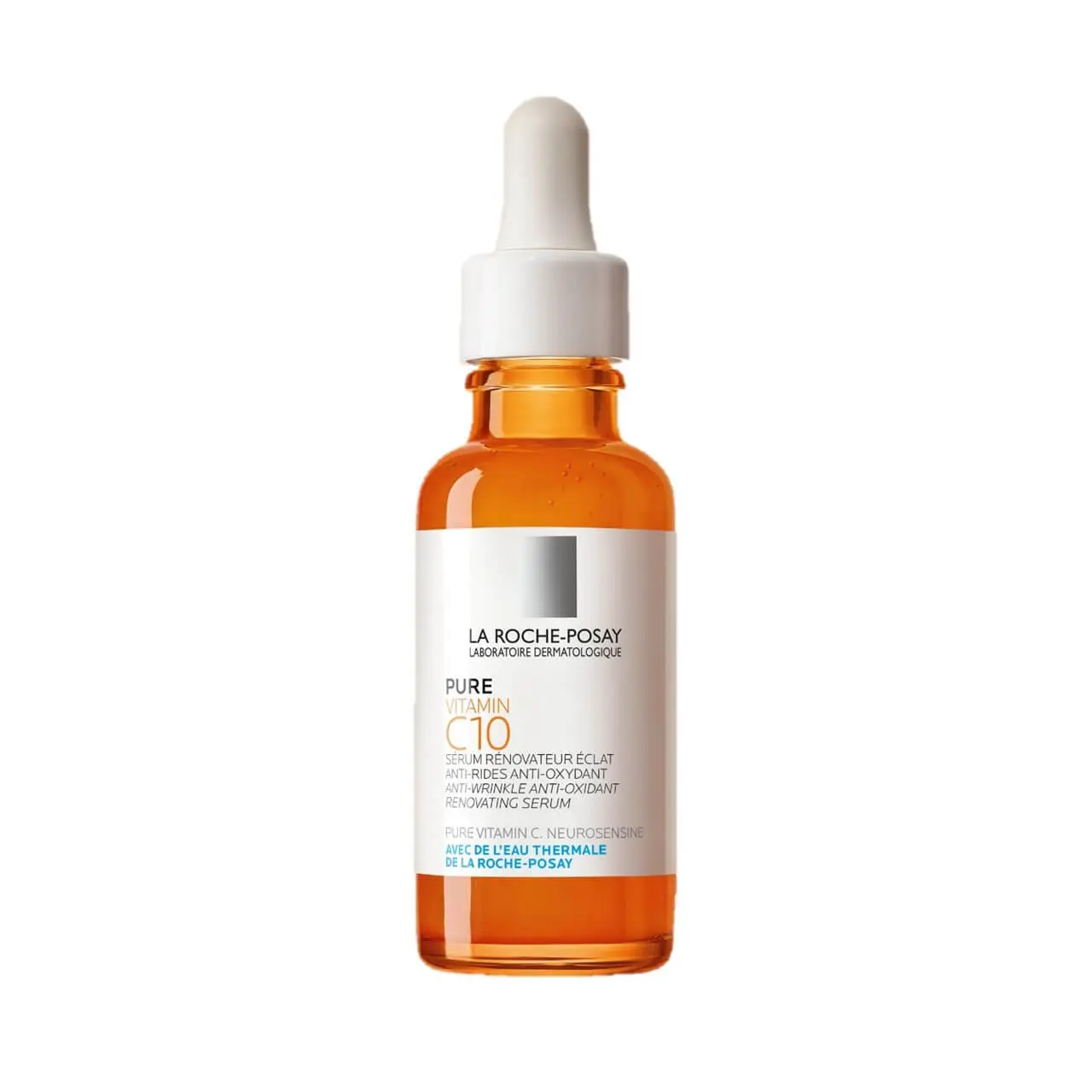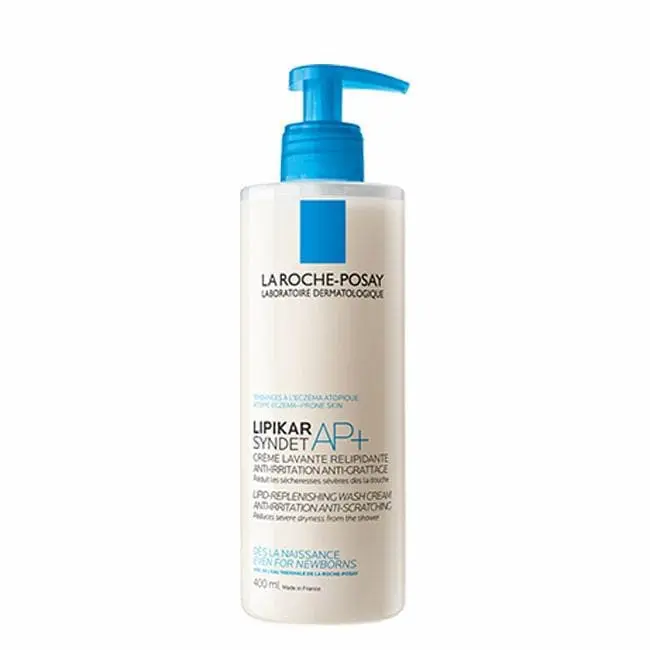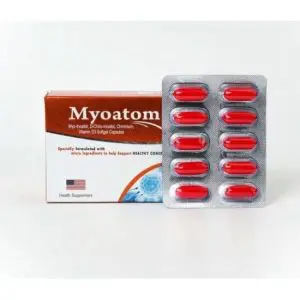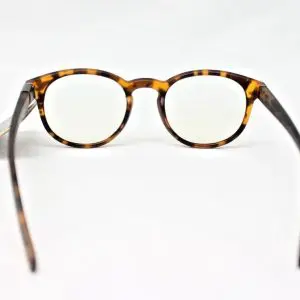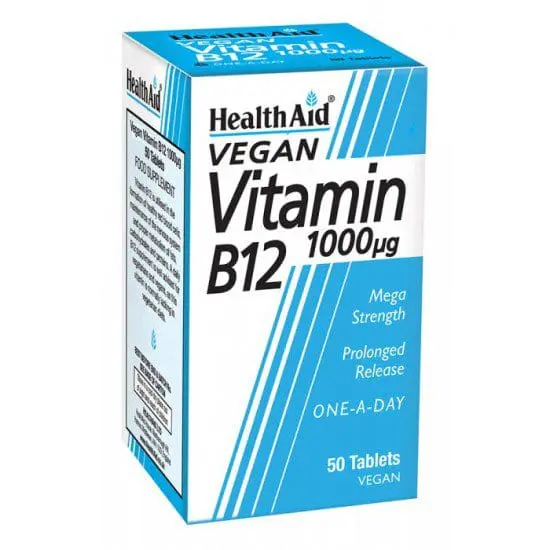Description
Therapeutic indications
The local anaesthetic cinchocaine relieves pain and relaxes sphincteric spasm. Pruritis and inflammation are relieved by hydrocortisone, which also decreases serious discharge.
Proctosedyl is, therefore, useful for the short term relief (not more than 7 days) of pain, irritation and pruritis associated with haemorrhoids and pruritis ani.
4.2 Posology and method of administration
Apply the ointment in small quantities with the finger, on the painful or pruritic area, morning and evening and after each stool. For deep application attach cannula to tube, insert to full extent and squeeze tube gently from lower end whilst withdrawing.
The ointment may be used separately or concurrently with the suppositories.
4.3 Contraindications
Known hypersensitivity to any of the ingredients.
Not for use in the presence of infections.
4.4 Special warnings and precautions for use
Apply only to the region of the rectum and anus and surrounding skin. Hydrocortisone can cause thinning and damage to the skin especially of the face.
As with all preparations containing topical steroids, the possibility of systemic absorption should be considered. In particular, long-term continuous therapy should be avoided in infants. Adrenal suppression can occur even without occlusion.
Visual disturbance
Visual disturbance may be reported with systemic and topical corticosteroid use. If a patient presents with symptoms such as blurred vision or other visual disturbances, the patient should be considered for referral to an ophthalmologist for evaluation of possible causes which may include cataract, glaucoma or rare diseases such as central serous chorioretinopathy (CSCR) which have been reported after use of systemic and topical corticosteroids.
4.5 Interaction with other medicinal products and other forms of interaction
Co-treatment with CYP3A inhibitors, including cobicistat-containing products, is expected to increase the risk of systemic side-effects. The combination should be avoided unless the benefit outweighs the increased risk of systemic corticosteroid side-effects, in which case patients should be monitored for systemic corticosteroid side-effects.
4.6 Pregnancy and lactation
In pregnant animals, administration of corticosteroids can cause abnormalities of foetal development. The relevance of this finding to human beings has not been established. However, topical steroids should not be used extensively in pregnancy, i.e. in large amounts or for long periods.
Hydrocortisone may pass into human breast milk. Given the possible maternal systemic absorption and lack of data, Proctosedyl Ointment should preferably not be used during lactation unless the potential benefits to the mother outweigh the potential risks, including those to the breastfed child.
4.7 Effects on ability to drive and use machines
None.
4.8 Undesirable effects
The following CIOMS frequency rating is used: Very common (?1/10); common (?1/100 to <1/10); uncommon (?1/1000 to <1/100); rare (?1/10 000 to <1/1000); very rare (<1/10 000), not known (cannot be estimated from the available data).
Eye disorders
Not known: Chorioretinopathy, blurred vision (see also section 4.4)
Endocrine disorders:
Not known: Adrenal suppression.
When applied topically and to a large enough area, especially of damaged skin for long enough, or if under occlusive dressing, hydrocortisone may have this adverse effect.






